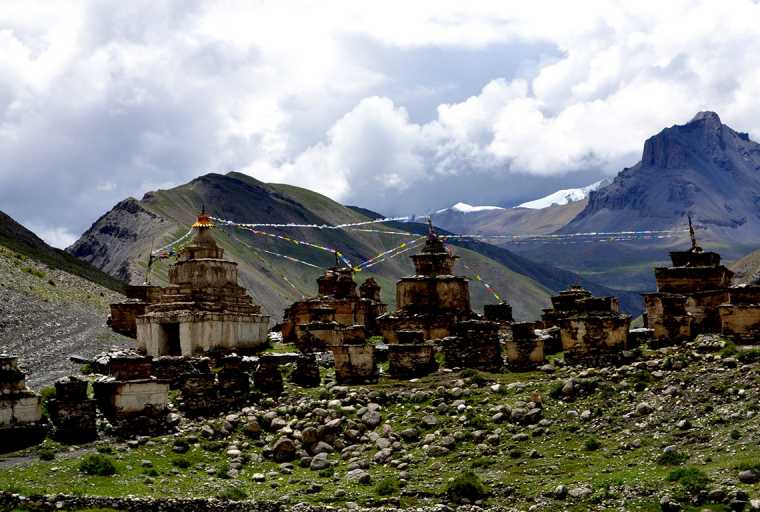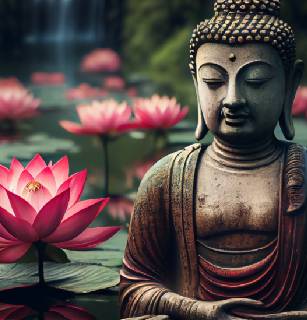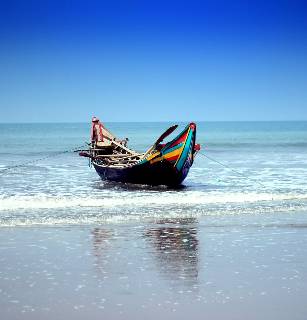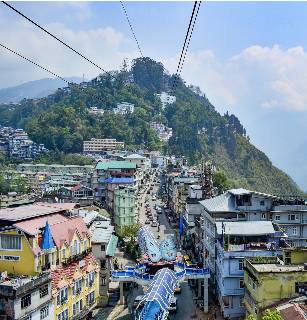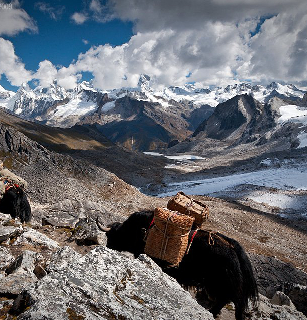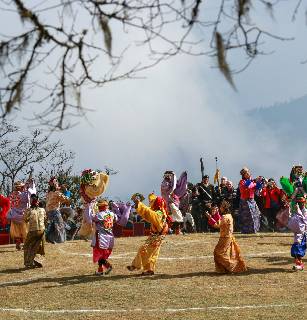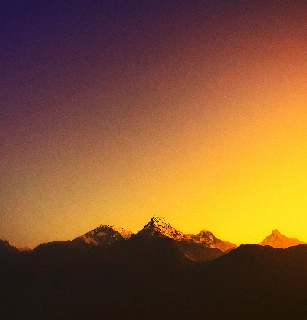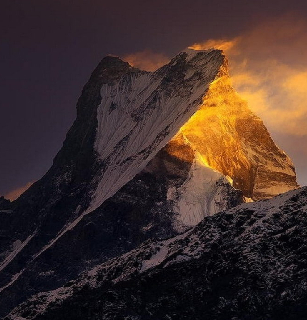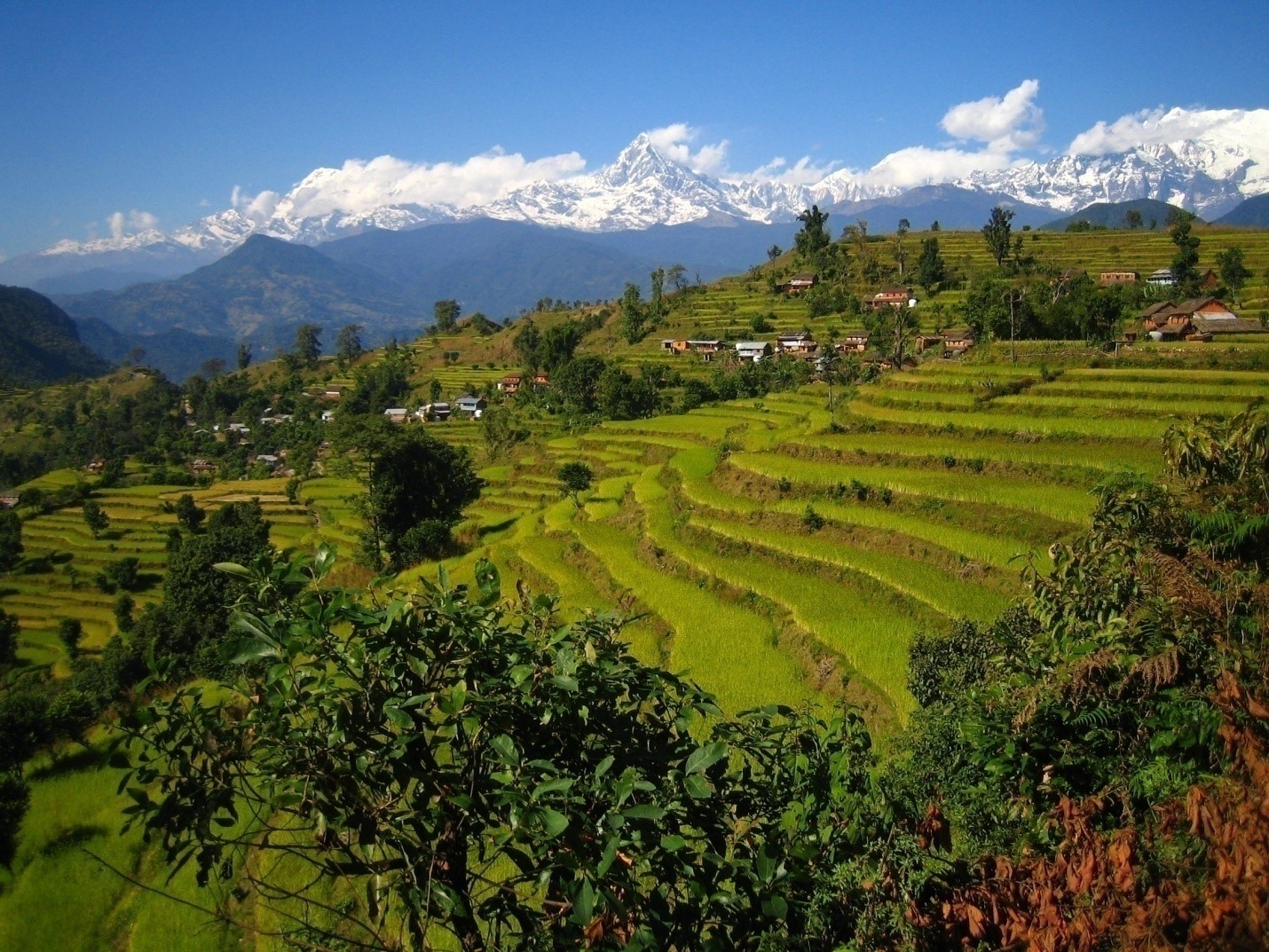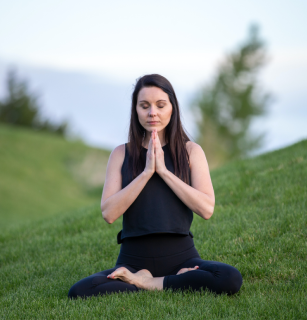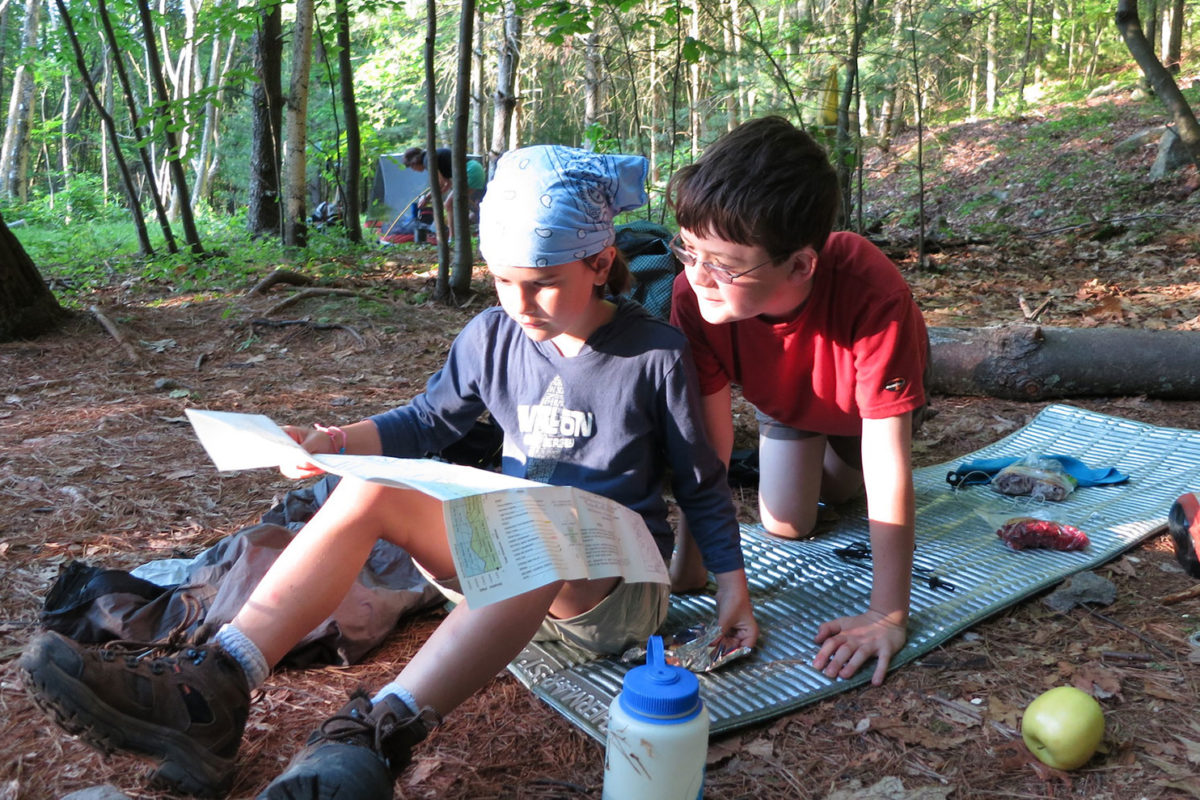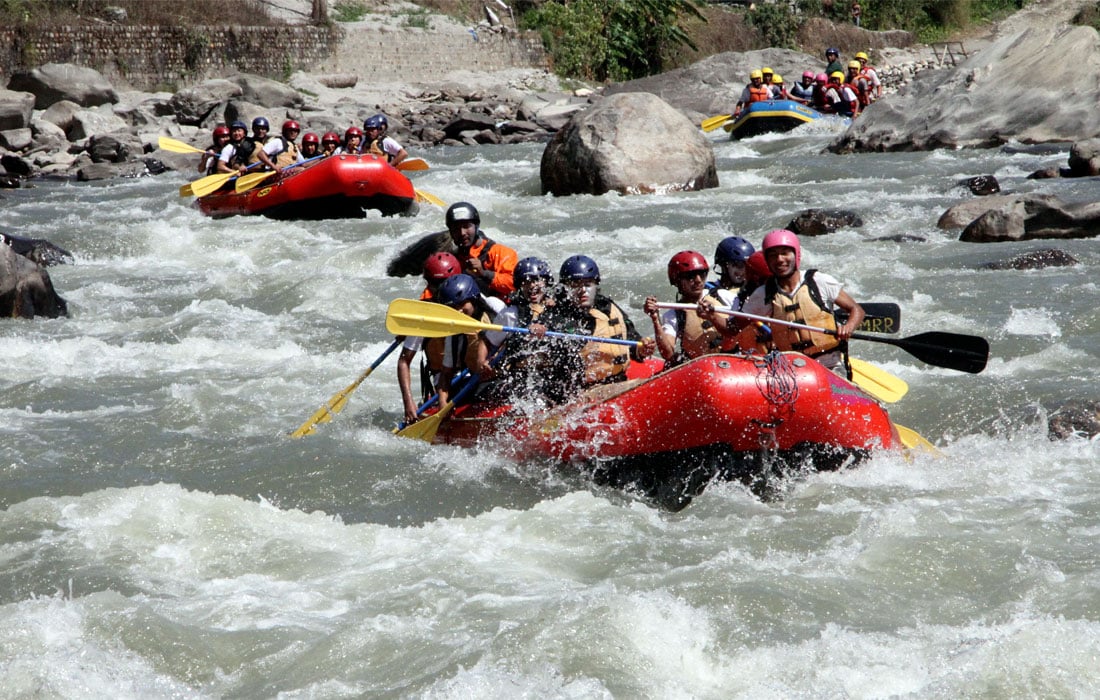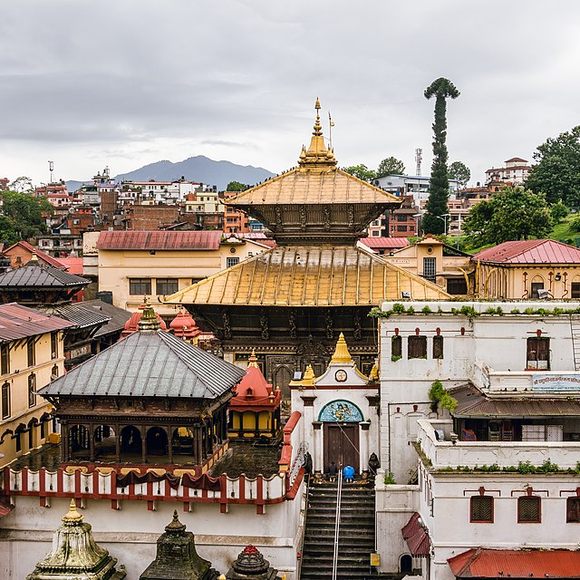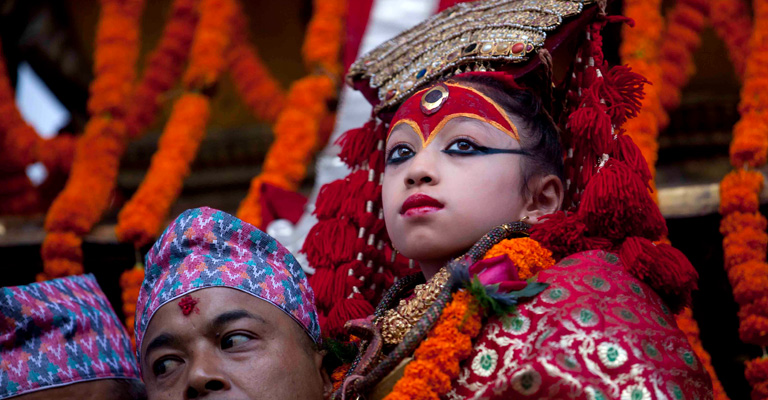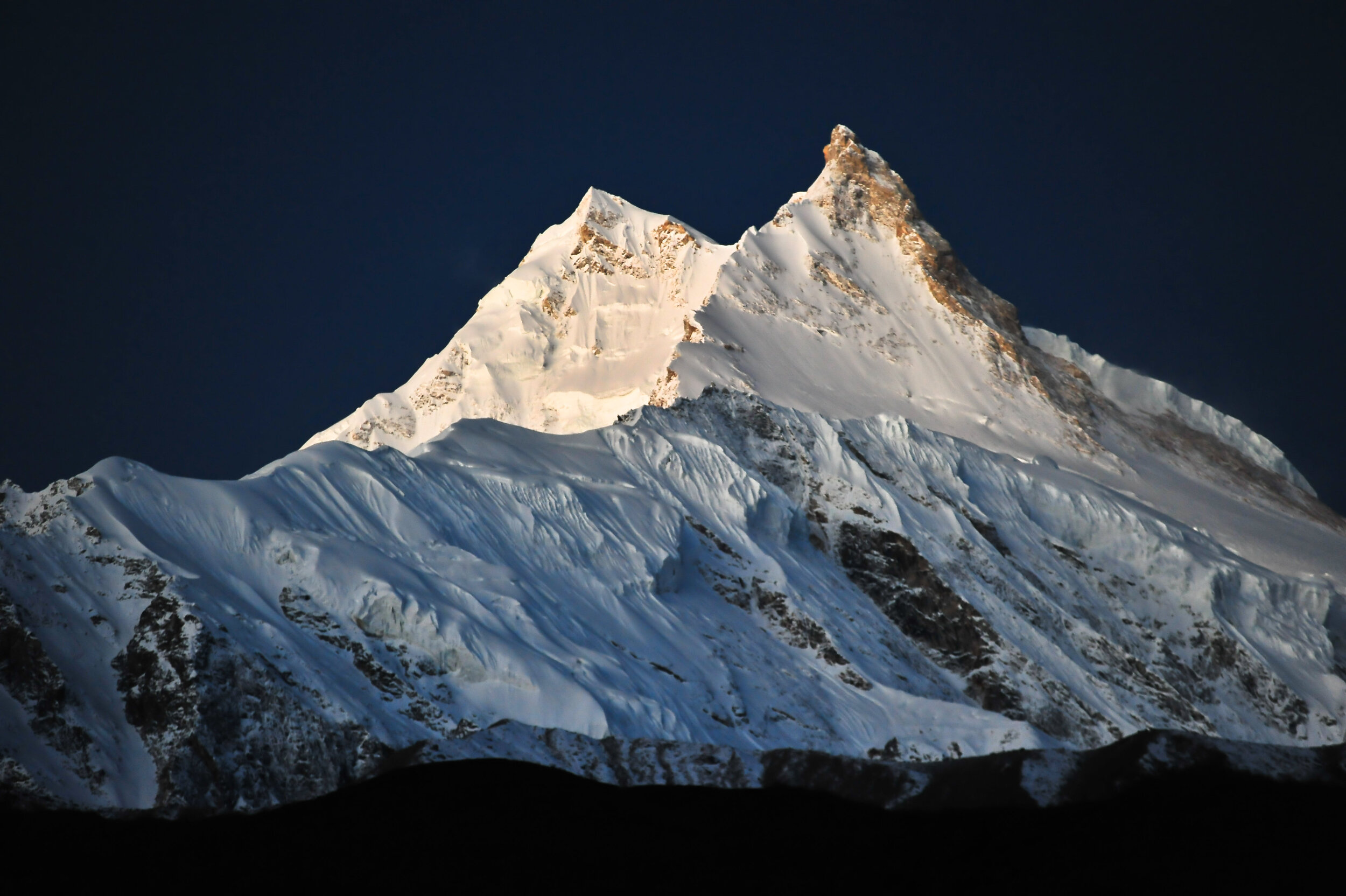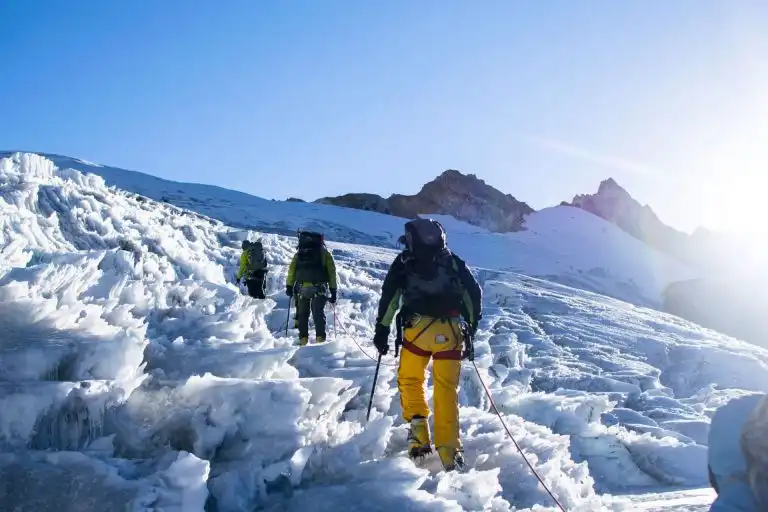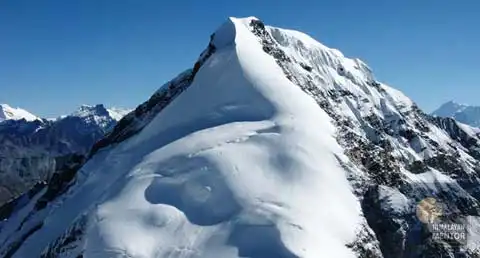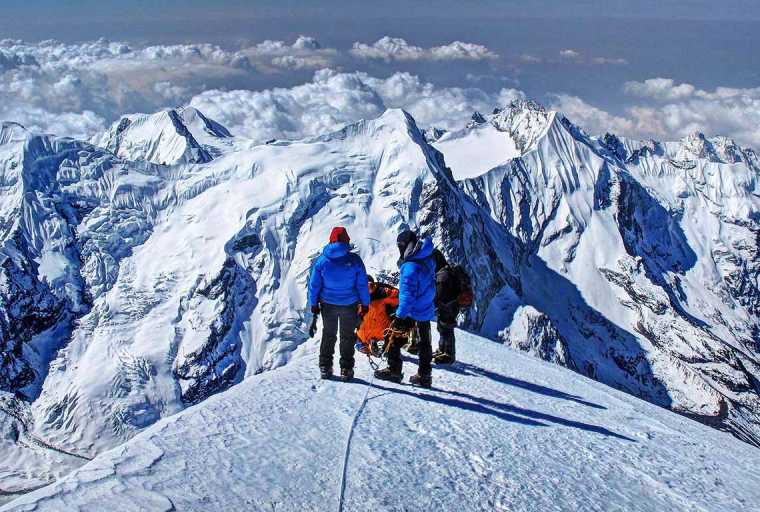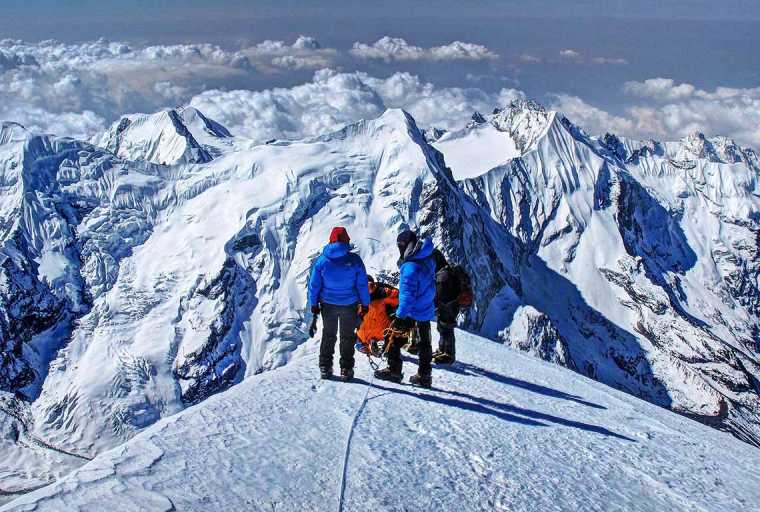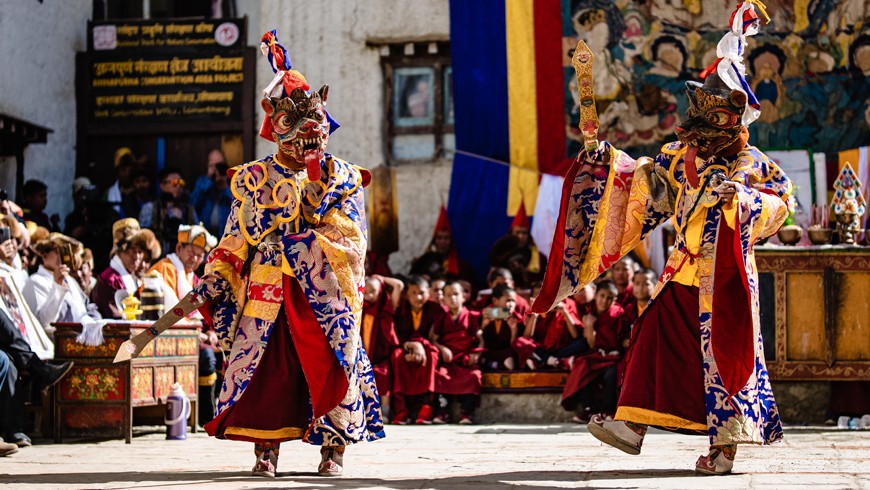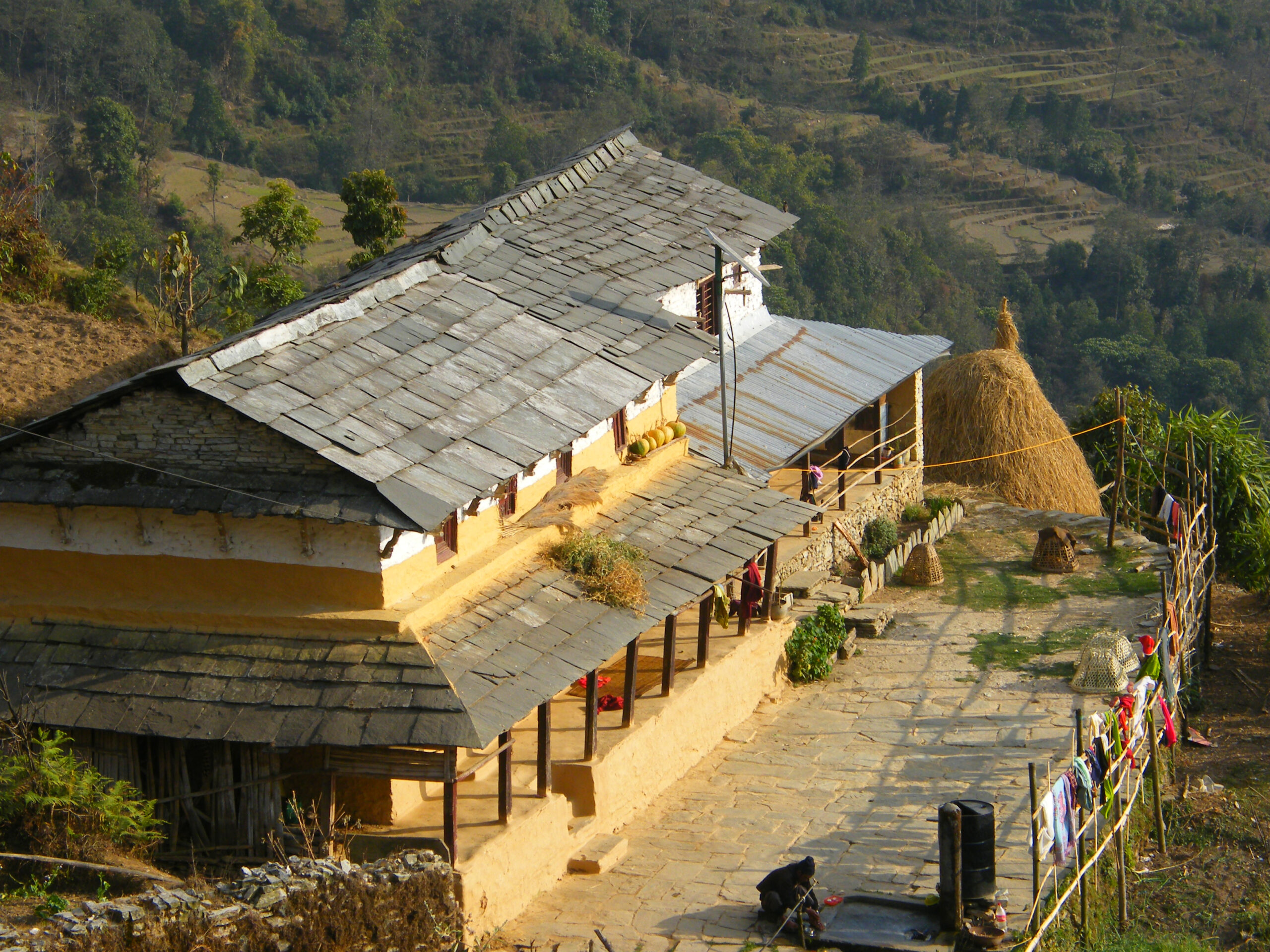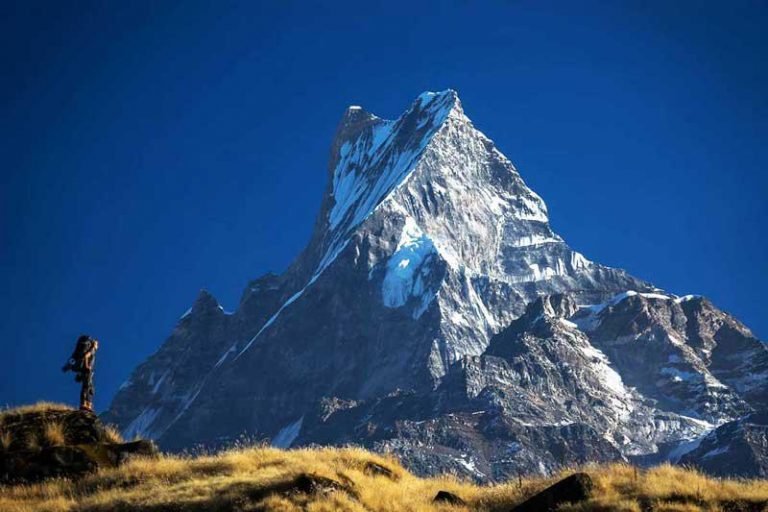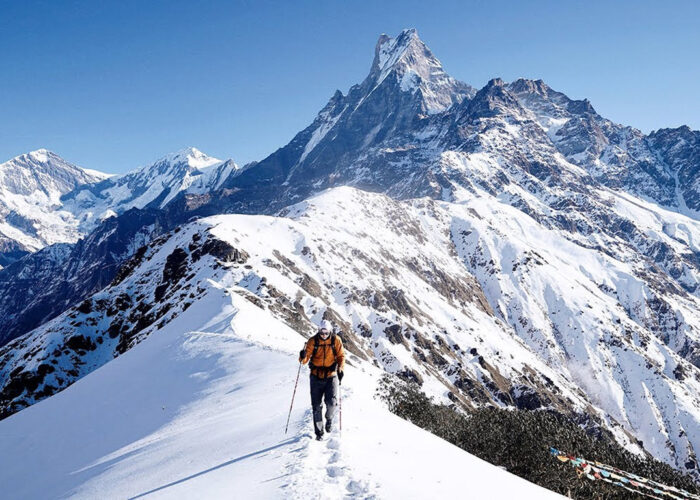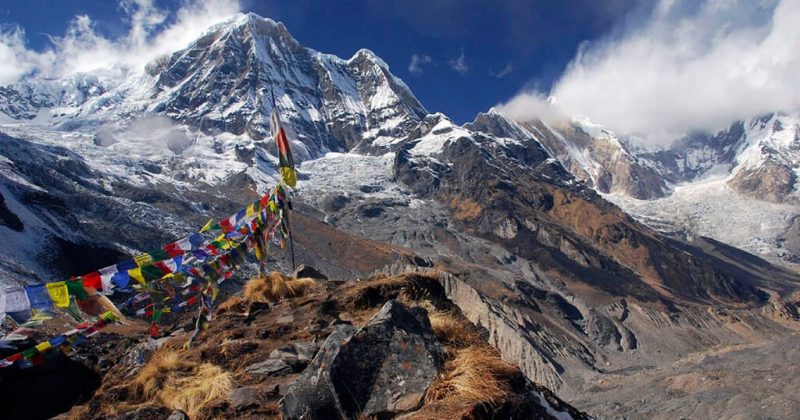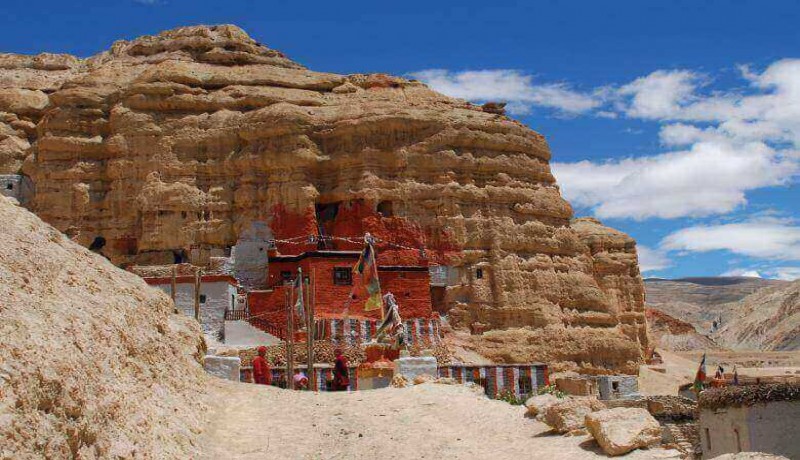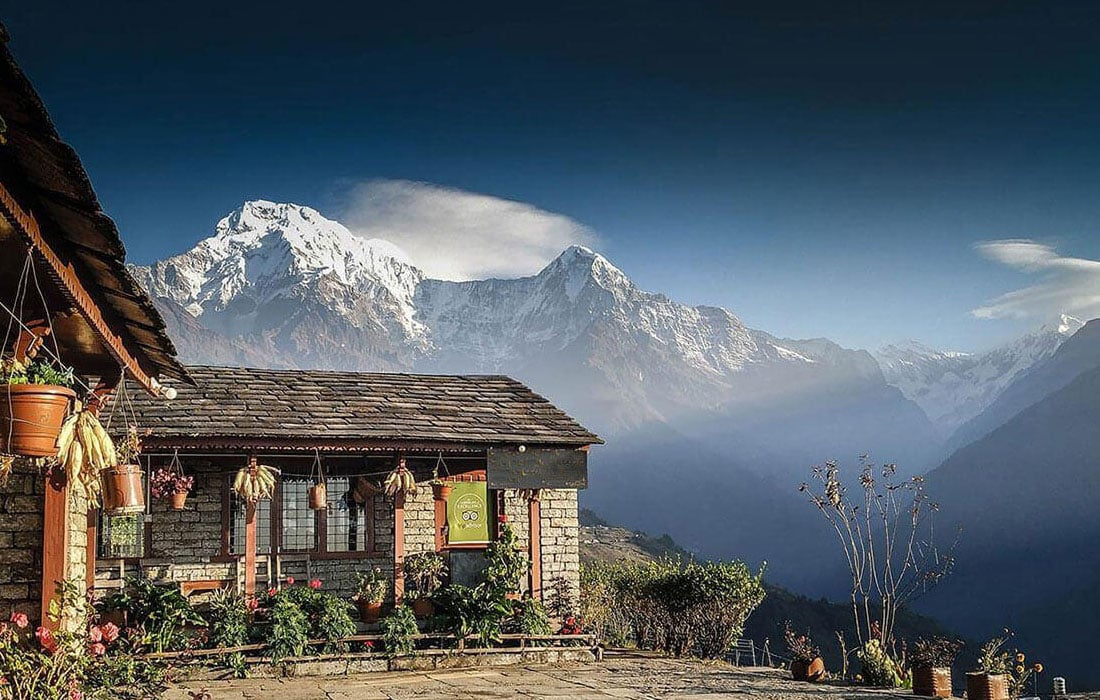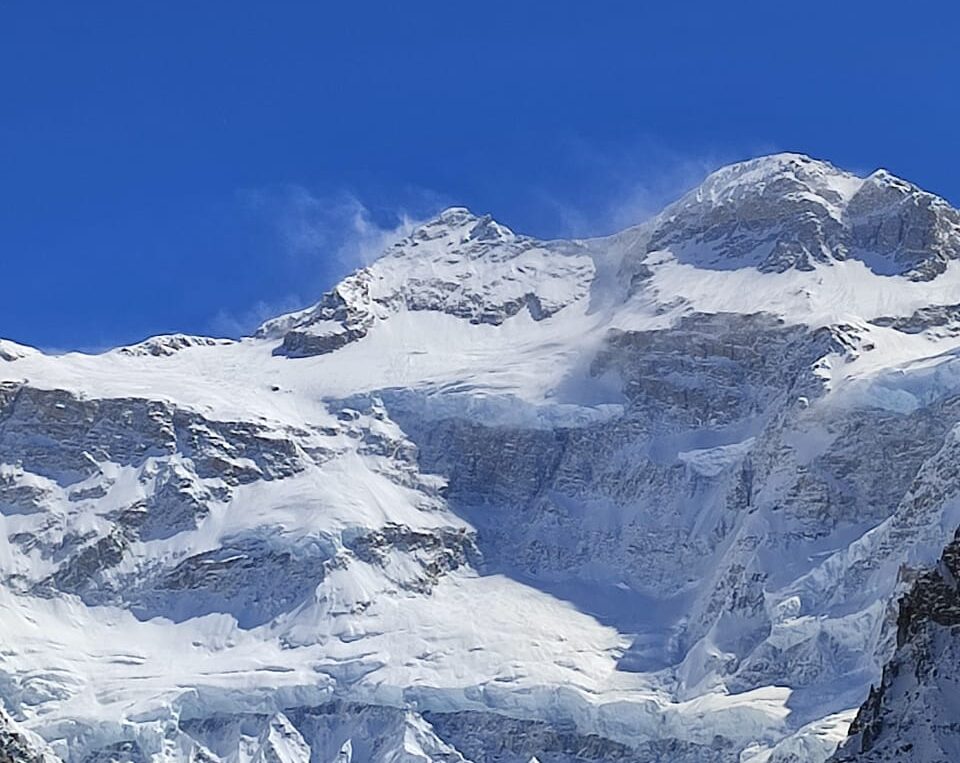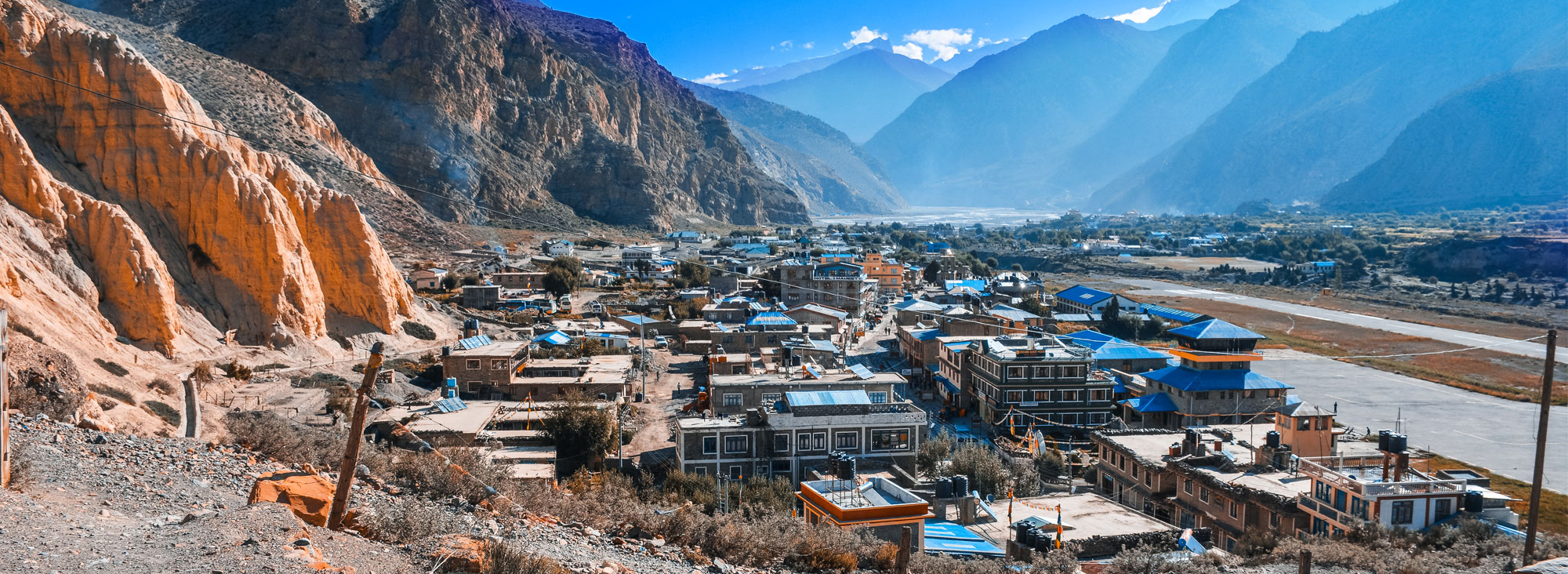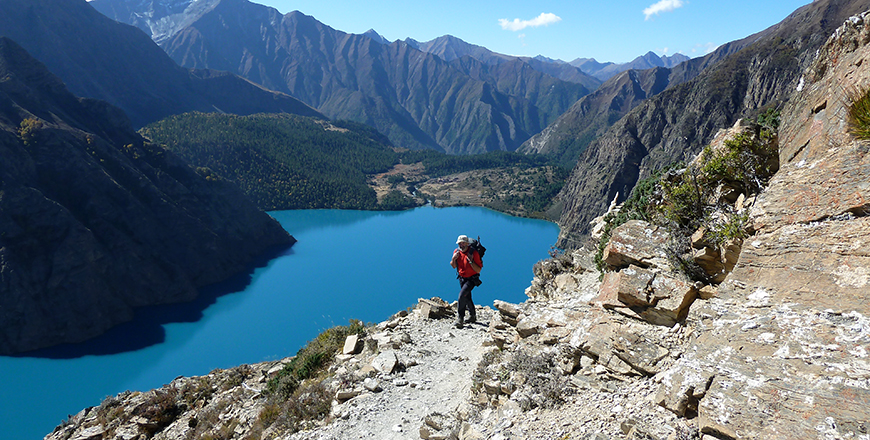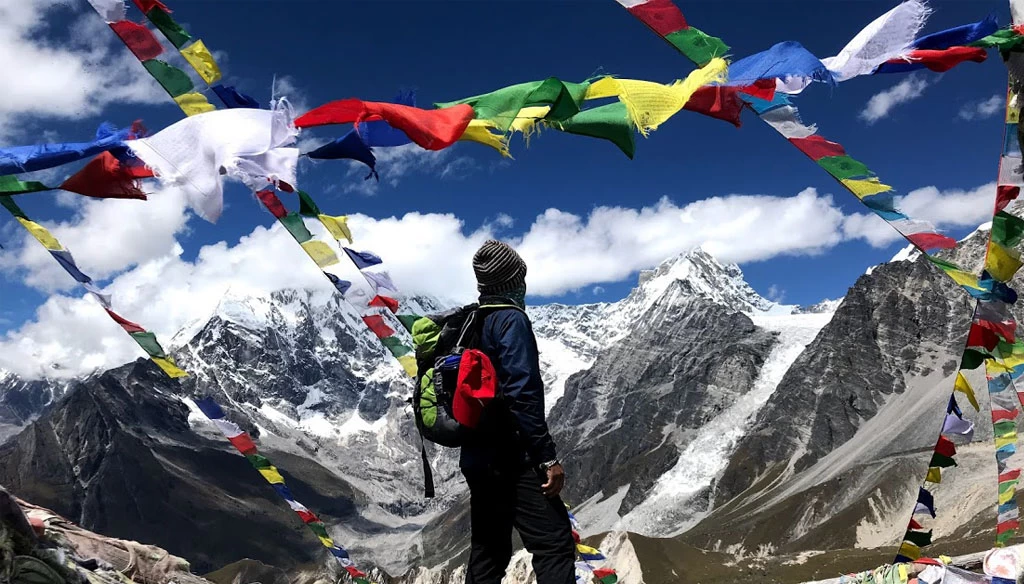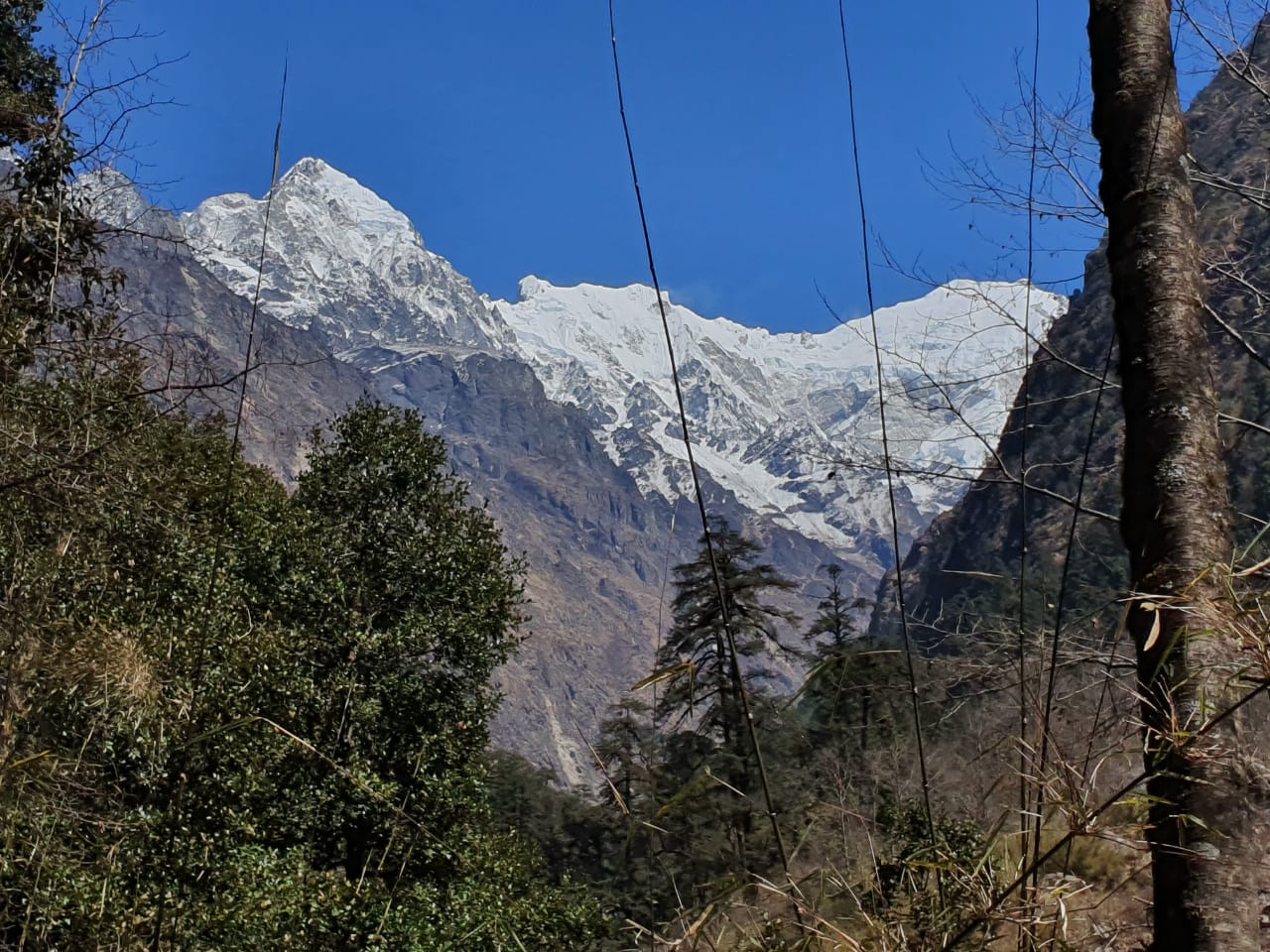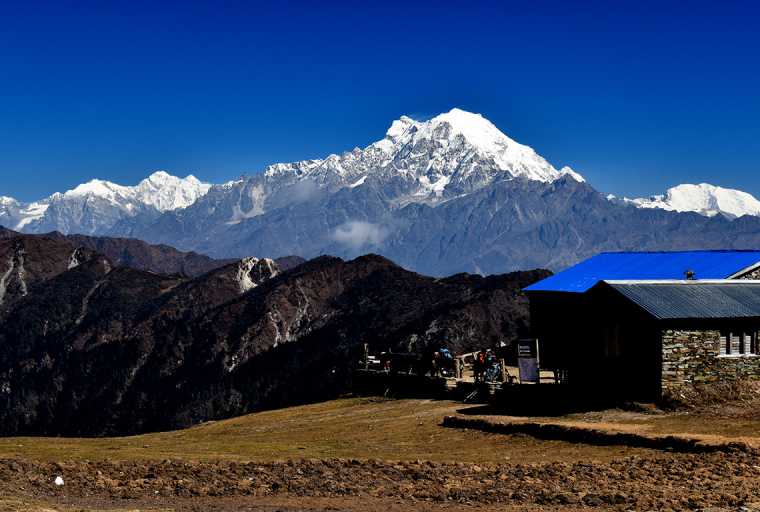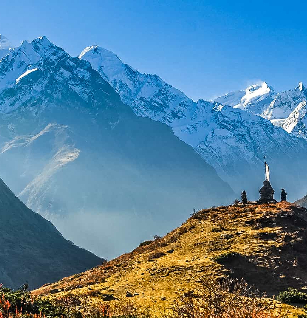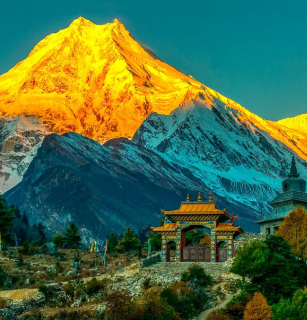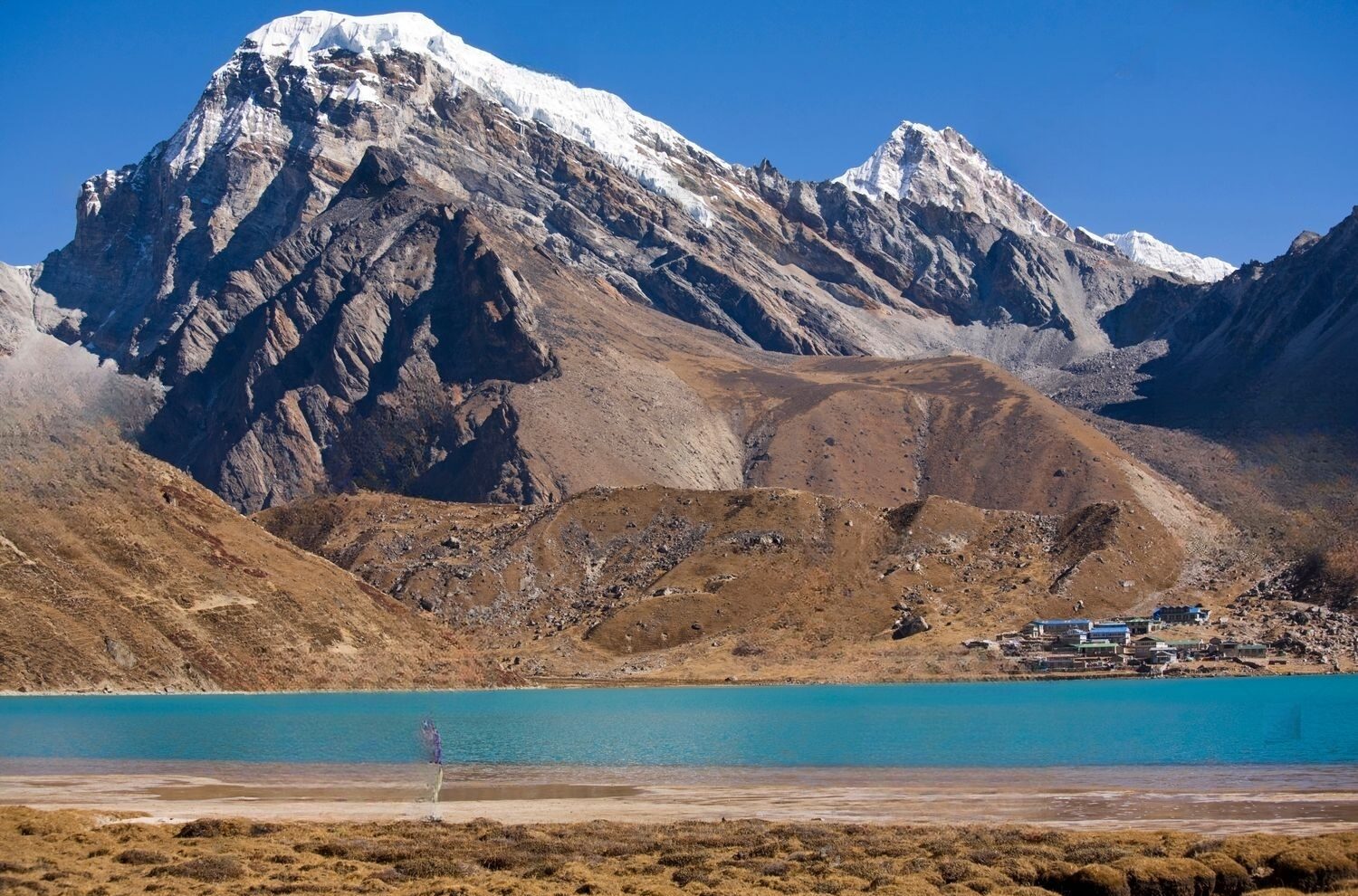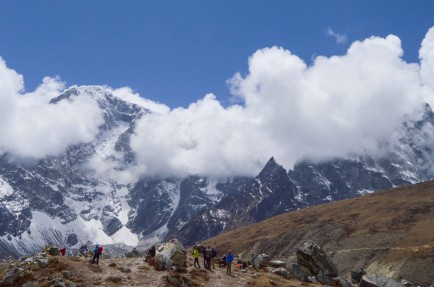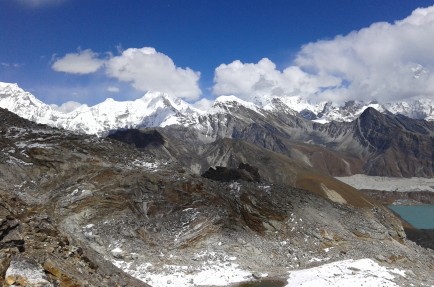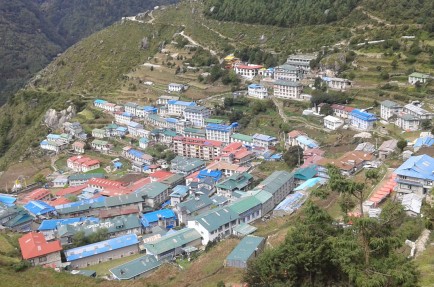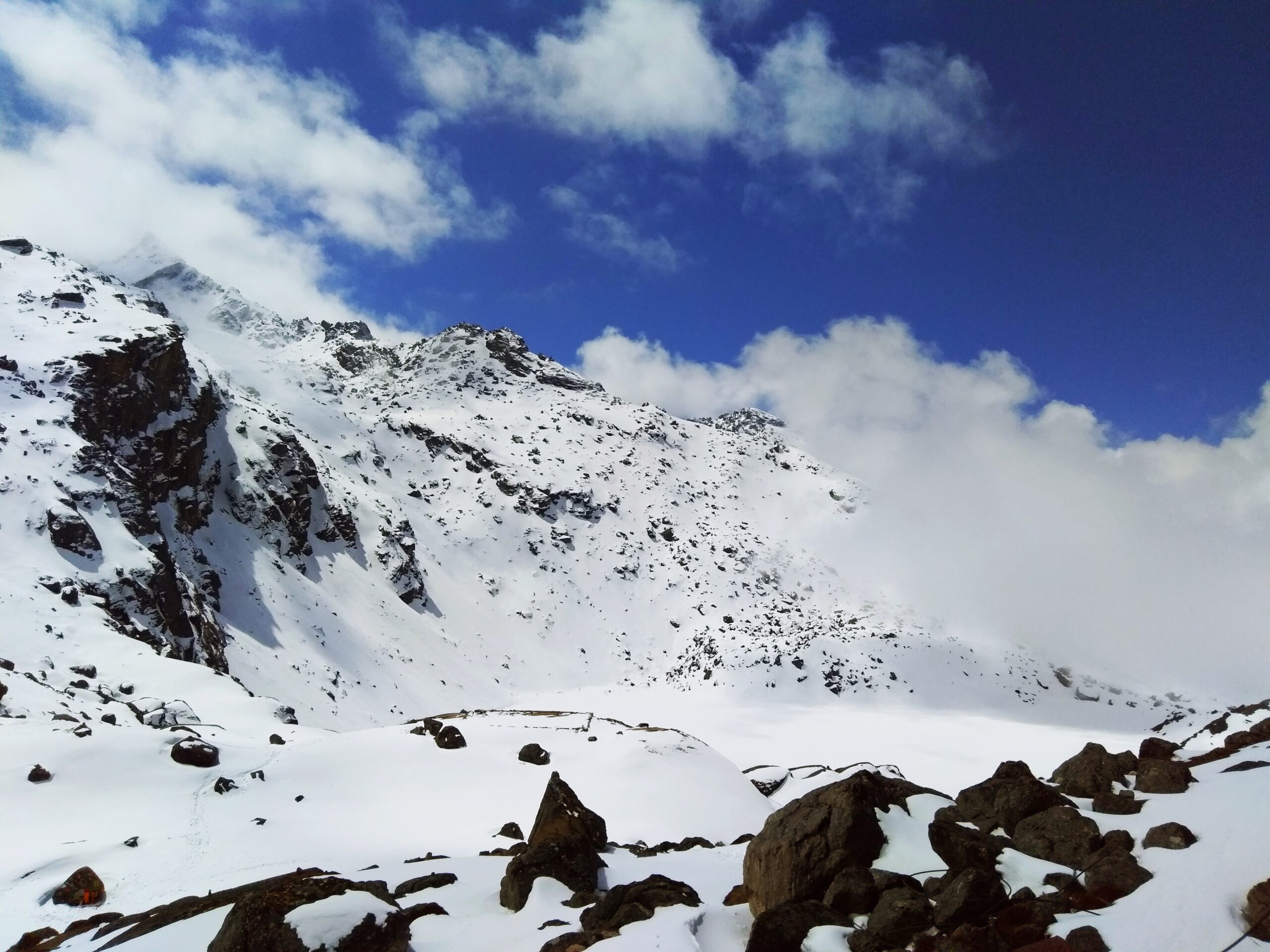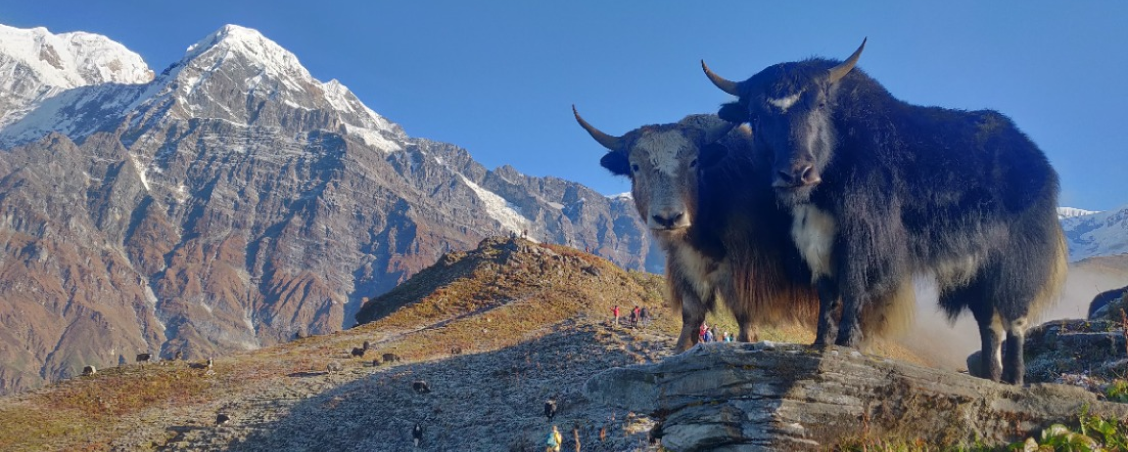4,500m/14,764ft
MAX-ALTITUDEDolpa, Nepal
LOCATIONGROUP-SIZE
Minimum 02DIFFICULTY
ModerateThe Villages, Snowy peaks, Gompas, Pilgrimage heritage, and people you meet during this trek will leave an unforgettable impression on you.The upper Dolpo trek route passes many mountain ranges: Annapurna, Dhaulagiri and kanjiroba. The main highlight of the trek is Shey Gompa, Saldang, Dho-tarap and Phoksundo lake.
Arrival in Kathmandu (1400m/4593ft)
Upon arrival at Kathmandu International Airport transfer to your hotel. Short briefing will follow concerning the necessary formalities and your trekking itinerary. Depending upon your arrival time you may spend free time visiting nearby sanctuaries or resting.
Overnight in Kathmandu.
Sightseeing / Cultural Day in Kathmandu Valley.
Half day sightseeing around Kathmandu where your guide will escort you on a tour of Buddhist and Hindu temples and shrines reflecting ancient local traditions. There is time to explore the city’s many places of interest on your own or take a rest while trekking permits are finalised.
In the evening sample a delicious traditional Nepali dinner.
Overnight in Kathmandu.
Kathmandu to Nepaljung
Spend a free morning in Kathmandu. In the afternoon after lunch, proceed to Kathmandu domestic airport to board 45 mins flight to Nepalgunj, a town near the Indian border in the Terai region of Nepal.
Upon arrival in Nepalgunj airport meet waiting vehicle and transfer to the hotel.
Dinner and overnight at hotel in Nepaljung.
Nepaljung to Dunai (2,475 m) via Juphal (2,140m)
We will leave early in the morning on the only flight out to Juphal. It is a short flight with wonderful views of the precipitous hillsides and river valleys. The airstrip at Juphal is at an altitude of 2354m, so we will have a relatively easy trek as we walk along the Thuli Bheri River to Dunai.
Dinner and overnight at Camp.
Trek to Chepka (2,670 m)
Cross the steel suspension bridge following the trail through the Thulo Bheri. Walk through Suli Gaad to Raktang (2,260 m). Cross the west bank & trek to Jyalhasa. Keep walking upstream to another bridge to the east bank to Ankhe Khola. Trail through ups & downs to Rahagaon & Parela to the high ridge above. After descending on a rocky path, arrive at Chepka (2,670 m). Trek duration: 5-6 hours.
Dinner and Overnight at Camp.
Trek to Renje (3,010 m)
Climbing over a small ridge, cross to the west side to avoid a large ridge & returning to the east side along the riverside to the rocks & sticks forming dyke. The trails make several ups & downs through the forests to a bridge to the Renje. Trek duration: 6 hours.
Dinner and Overnight at Camp.
Trek to Phoksundo Lake (3,730 m).
Climb over a ridge and descend to a wooden bridge & then continue its ups & downs along the valley floor to the Suli Gaad. A wooden bridge leads to the western bank of Phoksundo Khola, the trails follows the west bank of the river. Trek to Sumduwa, cross the bridge & climb through a forest of big cedars to Palam (3,710 m). The route switchbacks steeply on a sandy trail to the dusty switchbacks at 3,780 m. From the ridge you can see the spectacular views of Phoksundo Lake & 200m high waterfall. Steep decent trail in birch forests to the upper you will be in Ringmo village. Cross a bridge & follow a trail north to the ranger station at Phoksundo Lake. Trek duration: 7 hours.
Dinner and Overnight at Phoksundo Lake.
Rest day to explore around Phoksundo Lake.
The lake is spectacular. It is 4.8 km long, 1.8 km wide and is said to be 650m deep. It is known for its aquamarine color-a greenish blue similar to a special Tibetan turquoise. There is no aquatic life in the lake, which helps to make the waters brilliantly clear. If you toss a rock in, you can watch it for a long time as it sinks to the bottom. According to legend,
Phoksumdo Lake was formed by a spiteful female demon. In Buddhist Himalaya David Snellgrove recounts how the demon was fleeing from the saint Padmasambhava and gave the village people a turquoise after they promised not to tell that she had passed by. Padmasambhava turned the turquoise into a lump of dung, which upset the local people so much that they revealed the demon’s whereabouts. She in return, caused the flood. It is said that you can see the remains of a village below the surface of the lake.
This is Bon-po country, where people practice a shamanistic religion that predates Tibetan Buddhism. Much of Bon-po symbolism is the opposite of Buddhist practice. You should walk to the right of the ancient mud chortens, which are inscribed with swastikas that have their arms pointing in the opposite direction to the Buddhist version. Instead of the Buddhist chant of “Öm Mani Padme Hum”, the Bon-pos chant “Om Ma Tri Mu Ye Sa Le Du”, which Snellgrove found untranslatable except that Sa Le Du in Tibetan means “In Clarity Unite”. A trail leads from the lakeside through juniper trees to the white Pal Sentan Thasoon gompa that overlooks the Lake. This is a Bon-po gompa said to have been built 60 generations ago. There are five other private gompas in various houses of the small monastic community near the lake. The insides of the temples contain dusty Buddhist paintings and statues, but the trappings also reflect the animistic elements of the Bon-po religion, so some of the chapels are reminiscent of an ancient witch’s cavern. A donation to the ragtag collection of dirty monks will gain you entrance to the gompas; if you’re traveling with sherpas they will be as fascinated as you by the strange iconography and practices of the Bon-po religion.
Dinner and Overnight at Camp.
Trek to Phoksundo Khola.
From Ringmo, at the southern and of Phoksundo Lake, the trail contours on a rocky ledge as it stirs the western lip of the lake. A precarious trail suspended on a gangway of wood supported on pegs driven into crevices in the rocks signals the remoteness of the area you are about to enter, Beyond a stream, the trail makes a steep climb onto a hillock overlooking the lake. It descends and continues above the lake on an up-and-dawn trail to pine forest, then makes a steep climb descent to the westernmost edge of the lake. Where the Phoksundo Khola enters the lake, there is a lush meadow that opens up into a long valley. Continue through the valley, crisscrossing the Phoksundo Khola and avoiding thorn bushes. The valley has steep sides with tundra and occasional boggy marsh underfoot. Trek duration: 7 hours.
Dinner and Overnight at Camp.
Trek to Snowfield Camp.
Continue along the level path that now heads due north though a glacial valley. At the confluence of the Phoksundo Khola and another mountain stream there is an old wooden bridge. You should take the barely discernible path to the northeast up the valley. There is no trail, as such, so you need to climb over rocks and boulders and ford the stream that rushes down the steep incline of the valley. Along climb brings you to a sheep meadow where the trail veers up a steep ravine. A hard climb to the top brings you to yet another valley where you can see the Kang La, the pass leading to Shey Gompa. If you are in good shape and the porters agree, you might make it on to Shey in the same day, or you can camp before the pass in the place that Peter Matthiessen christened ‘Snowfields Camp’. Trek duration: 6 hours.
Dinner and Overnight at Snowfield Camp.
Trek to Shey- Gompa (4,500 m).
Climb up the steep hill littered with slate towards the pass. The climb is physically demanding especially when you slip and slide on the slate dump. From the top of the Kang La at 5400m elevations, you can look down upon a large valley, which is bisected by a gushing over. Descend steeply to the valley floor and make a long, meandering trek along the banks of the river, crossing and re-crossing it several times. Notice the mud caves on the bank of the river and the hills overlooking the river. A red chorten heralds the gate to Shey Gompa. Continue along the path to a large meadow where hairy yaks and hundreds of sheep can be found grazing. There are a few nomads’ huts. Cross the river for the final time across a quaint wooden log bridge and climb up to the Shey Gompa compound at approximately 4500m.
Dinner and Overnight at Camp.
Explore Shey- Gompa.
The Gompa itself is not large, and there are no artefacts or paintings of note in its premises, except for an ancient Tibetan scroll that describes the myth of the Crystal Mountain and Shey Gompa. The monk who accompanied our trekking group managed to get hold of this manuscript and read it from over to cover. According to the book, in a crater in the mountain ranges that dominate Shey Gompa, there is a holy lake. When a pilgrim makes nine circumambulations of this lake the water turns into milk. A sip of this milk, and the pilgrim can see Mt. Kailash in the distance.
A caretaker lives in a hut adjacent to Shey Gompa. To the east of the Gompa is the trail that leads to Saldang village, and eventually to Kagbeni via Charkabhot or south to Tarap. To the west of the Gompa, a narrow yak trail climbs up the valley floor to the remote village of Phijergaon.
Dinner and Overnight at Camp.
Trek to Namgung (4,430m)
To get to Namgung, we have to cross the pass Sheyla which is also called Geln La is about 5000m. While we are through the Glen pass, we can see beautiful view of northern part of Tibetan plateau, which is highest plateau in the world. To the east we can see Mustang. After through pass we have to descend to the pastures of Namgung. Peoples of Namgung heartily welcome us. It is a beautiful place with friendly environment.
Dinner and Overnight at Camp.
Trek to Saldang (3,770m)
Our Trek to Saldang starts with climbing a tree slope. We have to ascend to 4700m before going down steep slopes to picturesque village of Saldang, situated on a plateau high above the Nam Khong nala and the biggest villages of lower Dolpo area. The village is prosperous, not only agriculturally but also for its strategic location on a trade route to Tibet.
Dinner and Overnight at Camp.
Rest day in Saldang
Rest and explore Saldang.
Dinner and Overnight at Camp.
Trek to Sibu (4,000 m)
We will leave Saldang village and on way to Sibu we have to pass through terraced fields, Stupas, Chortens mani and a Chaiba monastery. Namdo, the next village contains sixty houses having nearby four hundred in habitants. It streaches 5km on the high slopes to the left of Nam Khong Khola. We will set camp near the small settlement of Sibu, right on the river bank.
Dinner and Overnight at Camp.
Trek to foot of Jengla (4480 m)
We will follow the line of the river valley and the trail is easy going initially. But after two hours, we must make another stream before turning into side valley where the rise becomes very sharp.
Dinner and Overnight at Camp.
Trek to Tokyu Gaun (4,209 m)
To reach to Tokyo Gaon we have to cross the Jeng La which is about 4850m. It will take about 2 hrs climb to reach the top of Jeng La. Form the top of the peak we can have good views of Dhaulagiri, beautiful goldy views in the morning then we will descend towards Tarap valley. By the after we will see green valley which leads us by a beautiful trail down. Towards Tarap Chu. Tarap is a spectacular valley with vast plants in high mountains extending to twenty kilometer along the Tarap Chu River. It consist of ten villages with cultivated fields, many Gompas and Chhortens.
Dinner and Overnight at Camp.
Explore Tokyu Gaun and trek to Dho Tarap (4,200 m)
Full day explore Tokyu Gaun. In the afternoon start short trek to Dho Tarap. Walk east along the downward lower of Tarap Chu. The trail is easy as it is well travelled. We will pass through the many mani walls. Dho is surrounded by an irregular stone wall and consist of thirty four houses, inhabitants of both Bonpo and Buddhist.
Dinner and Overnight at Camp.
Trek to Serkam (3,623 m)
We follow the the Tarap Khola, generally downhill. You go through narrow gorges with the river rushing through. One may see blue sheep, marmots, yaks, sheep and goats and perhaps meet people from Dolpo taking their flocks of sheep and goats to lower pastures for the winter. The afternoon brings more undulations in the path when it leaves the immediate course of the river. There is evidence of improvements to the trail where parts of the rock have been blasted out. You will also see the first of the modern steel suspension bridges which have been built to facilitate movement of people and animals. The track is very narrow in places.
Dinner and Overnight at Camp.
Trek to Tarakot (2,540 m)
You leave Khanigoan by the new suspension bridge and then walk alongside the river, sometimes going very high before reaching down to the water again. Some of the going is quite demanding and one bridge, said to have unusable for six years, necessitates crossing on wet stepping-stones. Coming into the broad fertile valley of the Barbung Chu, you walk amongst the various crops of millet, sweet corn, barley, buckwheat, green beans, chillies and marijuana. Your lunch and night stop is high above the river but there is a standpipe for water. Tarakot is an old fortress town known by the local people as Dzong, meaning ‘fort’. Before the Gorkha dynasty Tarakot was the capital and had a dzong. The famous Sandul gompa, which lies 8km east of Tarakot and at the junction of Barbung Khola and Tarap Chu, stands on a knoll to the south of Bheri River and at one time supervised collections of tolls for the trading caravans traversing an area called Tichu Rong. As an alternative to camping at Tarakot, you may camp down by the river as there are good cooking facilities there and a clean, locked toilet for trekkers’ use.
Dinner and Overnight at Camp.
Trek to Dunai (2,140 m)
The trail is mostly down, walking beside the Bheri River you use the ingenious path built twenty feet above the river. All too soon you have reached the village of Dunai and the camp site you used before.
Dinner and Overnight at Camp.
End trek in Juphal (2,475 m)
Back track to Juphal.
Dinner and Overnight at Camp.
Fly from Juphal to Nepalgunj and connect to Kathmandu.
After breakfast, walk to the nearby airport to board the flight to Nepalgunj. Upon arrival in Nepalgunj transfer to hotel for rest and hot shower. Rest of the day in Nepalgunj is free. In the afternoon transfer to Airport to board an hour flight to Kathmandu.
Upon arrival in Kathmandu meet assist and transfer to hotel.
Dinner and overnight at hotel.
Free day in Kathmandu.
Spend a free day in Kathmandu.
Eve: Group farewell dinner at nice restaurant.
Overnight at hotel.
Final departure from Kathmandu.
Free until final departure transfer to Kathmandu’s International Airport.
Got any question or Inquiries about the trip ?
In the morning after breakfast go for a walk and later return for lunch. After lunch the guest are free to rest.
Cost Includes
- All arrival/departure transfers, drives in a private vehicle with a/c accompanied by an English speaking tour representative/escort from Himalayan Holidays.
- Three night’s stay at hotel (As above) in Kathmandu on twin / double room sharing basis with bed, breakfast and all applicable taxes.
- Two night’s stay at hotel (As above) in Nepalgunj on twin / double room sharing basis with bed, breakfast and all applicable taxes.
- All meals (breakfast, lunch and dinner), accommodation in best available Teahouses/Trekkers Lodges, services of trained, trusted and highly experience trek Guides & Sherpa assistants including a team of strong and reliable porters.
- Entrance fees for sightseeing/monument visits as per the itinerary
- Drive on the trek in a local public jeep
Cost Excludes
- International airfares and airport departure taxes.
- Nepal entry visa fees.
- Items of a personal nature such as bar bills, mineral water, telephone calls, laundry, mineral water, extra mileage and any extra costs incurred due to natural calamities, flight delays etc.
- Airfare for sector Nepalgunj / Kathmandu (Quoted Separately)
- Airfare for sector Nepalgunj / Juphal / Nepalgunj (Quoted Separetely)
- Additional expenses due to illness, hospitalization, travel medicines, loss of valuables, thefts, change of Itinerary, flight and tour cancellation.
- Any kind of insurance.
- Emergency Helicopter Charter for Evacuation.
- Items not specified in the above “Costs include column”
Availability
Book this trip with us from the following dates. For Custom Trips or general inquiries, Contact Us.

